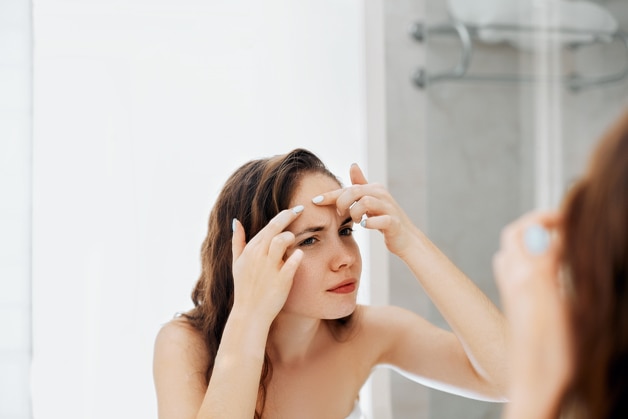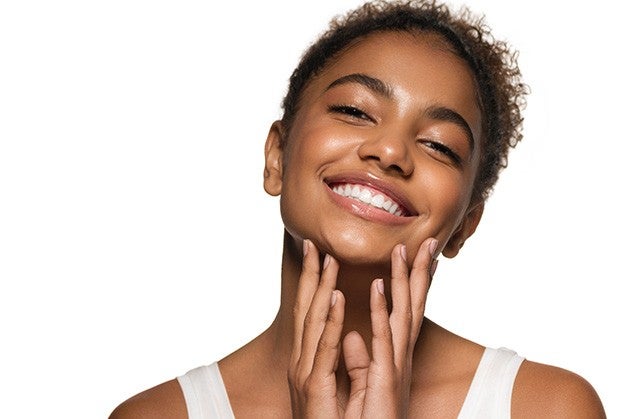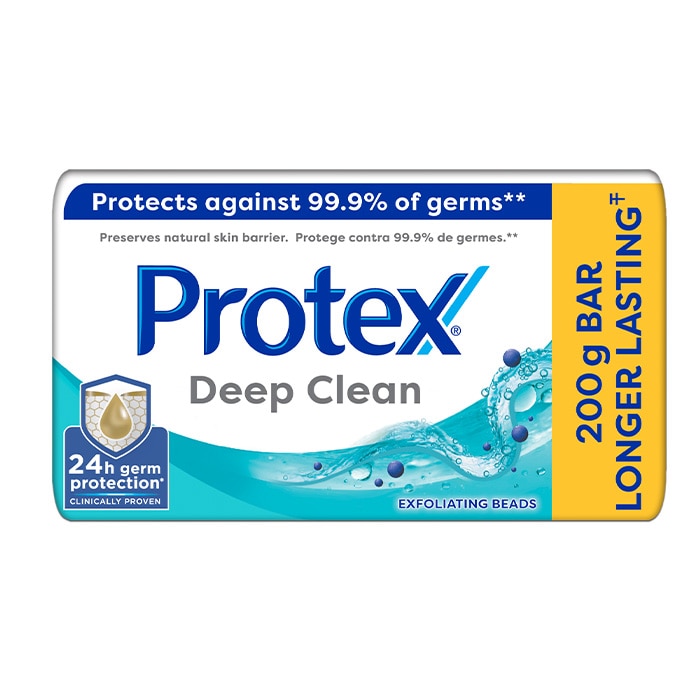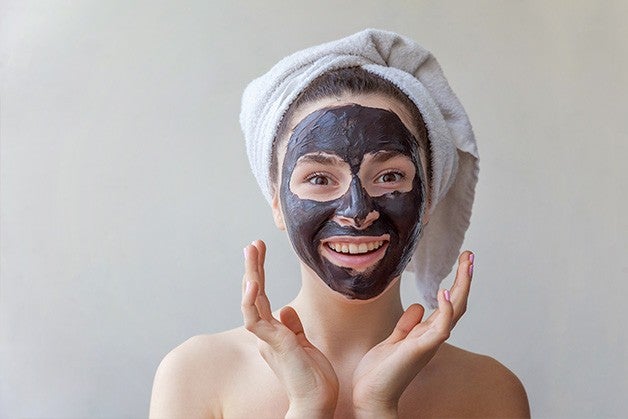The appearance of pimples is related to different causes: hormonal imbalance, hereditary, poor diet, stress, endocrine syndromes among other causes. However, one aspect is common to those who suffer from acne: it is very uncomfortable and it is often difficult to know how to avoid it or how to treat the lesions or pimples that persist in appearing.
In addition to a facial care routine that includes cleansing with liquid or bar soap for the face, hydration, exfoliation and the use of sunscreen, regular physical exercise and a healthy diet help prevent acne. Knowing more about this condition also increases the chances of counteracting the problem. See what's fact when it comes to pimples and acne.
1. Pimples and blackheads should not be squeezed
Reality. Have you noticed how many times when you touch a pimple, it gets bigger and more inflamed? Forcing the pus or pimple out, in addition to not removing all the acne, can hurt the skin and leave marks or scars. Wounded skin also becomes an easy target for germs and other microorganisms, increasing the risk of infection. Therefore, you should keep your fingers away from acne and pimples.
2. Skin cleansing helps fight acne
Depends. If the problem is just acne, skin cleansing helps keep skin clean and healthy and pores unclogged and tighter. However, in the case of very inflamed pimples, the treatment can cause more inflamation, so it is advisable to avoid a more aggressive cleaning.
3. The sun dries out pimples
What happens is that, due to the tan that evens out the skin, you have the impression of improvement. The problem, however, comes with the rebound effect: when the skin on the face feels dry, the body produces more sebum to protect it. Also, the sun can leave permanent spots on the skin.
4. Chocolate causes pimples
Depends. There are no studies to prove that theory. What is known is that foods rich in fat and sugar increase the body's inflammatory processes due to their high glycemic index. So, if it is not possible to avoid them, reduce consumption and prefer half-bitter or bitter chocolates, richer in cocoa.












